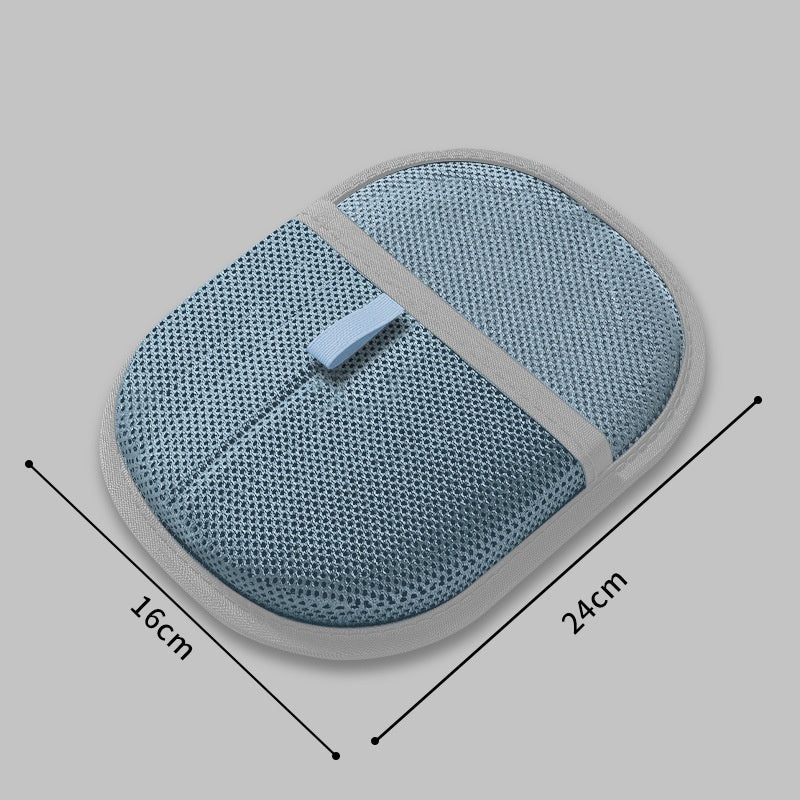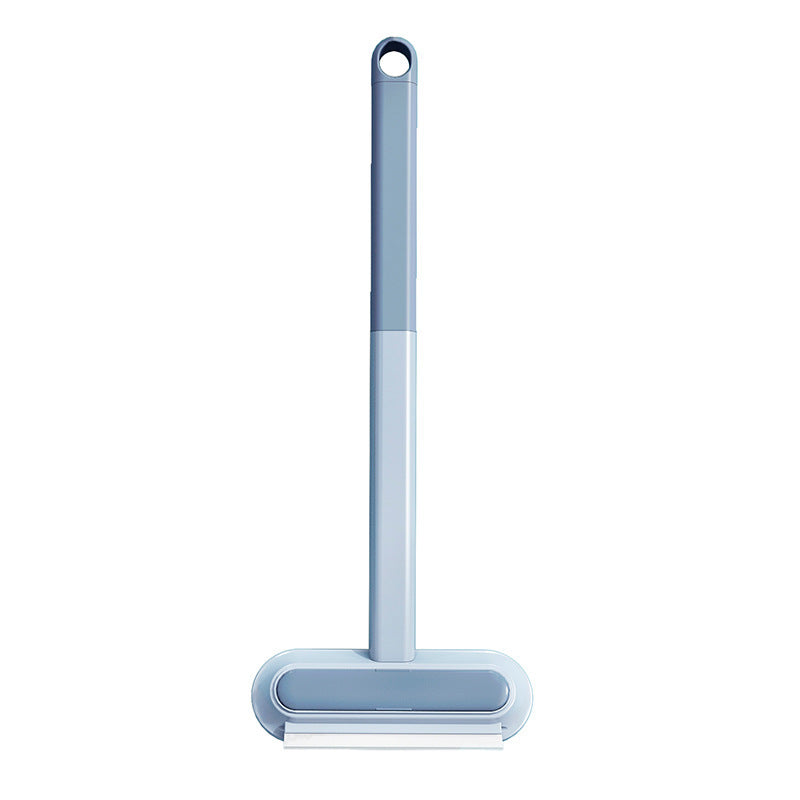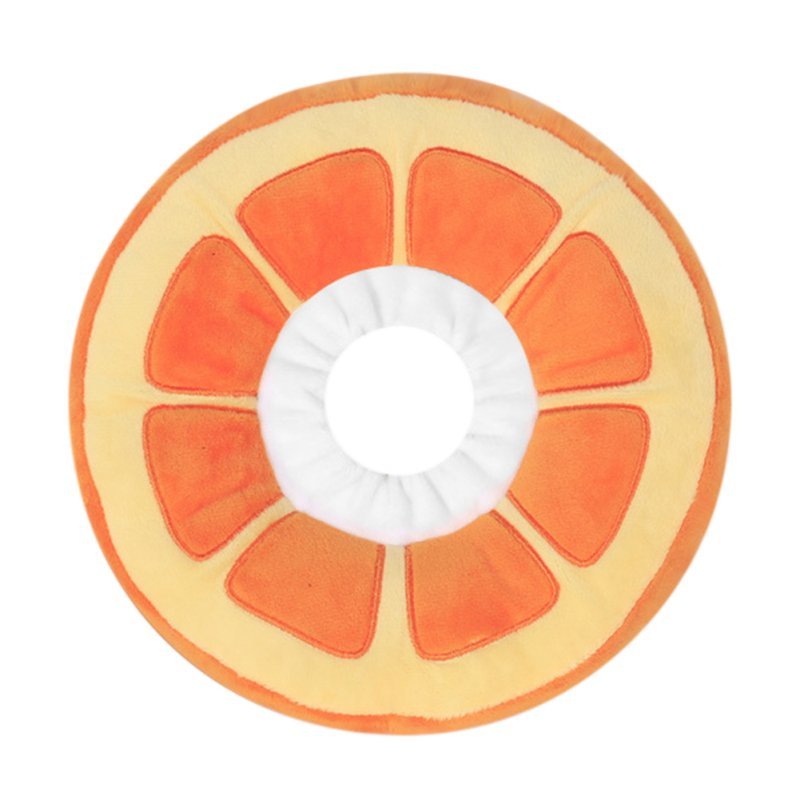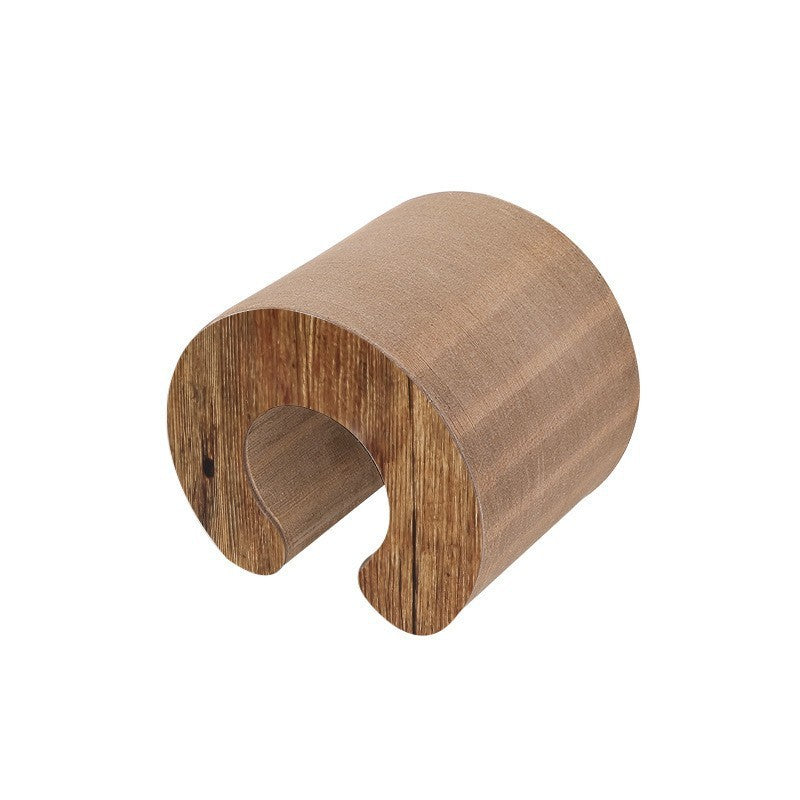Creating a lush indoor garden while keeping cats safe requires careful plant selection, as many common houseplants can be toxic or even fatal to felines. From popular lilies to innocent-looking pothos, numerous plants pose serious health risks to curious cats who may nibble on leaves or flowers.
Fortunately, many beautiful, air-purifying plants are completely safe for cats, allowing you to enjoy both greenery and peace of mind in your home.
Highly toxic plants to avoid: Lilies are extremely dangerous to cats, with even small amounts of pollen causing kidney failure. Azaleas and rhododendrons contain toxins that affect the heart and nervous system. Sago palms are among the most toxic plants, with ingestion often resulting in liver failure and death. Other dangerous plants include oleander, castor bean, and foxglove.
Moderately toxic common plants: Pothos, philodendrons, and rubber plants cause mouth irritation, drooling, and digestive upset. Aloe vera, while beneficial for humans, can cause vomiting and diarrhea in cats. Peace lilies, despite their name, aren't true lilies but still cause mouth and throat irritation. Dieffenbachia and caladium can cause significant oral pain and swelling.
Safe plant alternatives: Spider plants are completely safe and produce interesting offshoots that cats often enjoy playing with. Boston ferns provide lush greenery without toxicity concerns. Cat grass and wheatgrass offer safe options that cats can actually eat. Prayer plants, ponytail palms, and most succulents like echeveria and haworthia are also cat-safe choices.
Air-purifying safe options: Many plants that improve indoor air quality are safe for cats. Bamboo palm, areca palm, and parlor palm add tropical flair without toxicity risks. Cast iron plants live up to their name with durability and safety. Friendship plants and aluminum plants provide interesting foliage patterns while remaining completely safe.
ASPCA Animal Poison Control Center and veterinary toxicologists maintain comprehensive databases of plant toxicity and recommend removing all potentially dangerous plants from homes with cats. They emphasise that even "mildly toxic" plants can cause serious problems in sensitive cats or with large ingestions.
|
Toxicity Level |
Examples |
Symptoms |
Action Required |
|
Highly Toxic |
Lilies, azaleas, sago palms |
Kidney failure, seizures, death |
Emergency veterinary care |
|
Moderately Toxic |
Pothos, philodendrons, aloe |
Mouth irritation, vomiting, diarrhea |
Veterinary consultation |
|
Mildly Irritating |
Rubber plants, snake plants |
Mild digestive upset |
Monitor, call vet if symptoms persist |
|
Completely Safe |
Spider plants, Boston ferns, cat grass |
No symptoms |
Safe for cats to investigate or nibble |
Step-by-Step Guide: Plant Safety Assessment
- Identify all current plants in your home
- Cross-reference each plant with ASPCA toxic plant database
- Remove or relocate any toxic plants immediately
- Ensure all family members know which plants are dangerous
- Research cat-safe alternatives for removed plants
- Choose plants appropriate for your light and care conditions
- Purchase from reputable sources with proper plant identification
- Start with a few safe varieties before expanding collection
- Regularly inspect plants for fallen leaves or flowers
- Clean up plant debris that cats might ingest
- Monitor cats for any changes in behavior around plants
- Keep emergency vet contact information readily available
- Provide dedicated cat grass or safe plant areas
- Use plants as natural room dividers or climbing structures
- Rotate safe plants to provide environmental enrichment
- Consider seasonal decorations using only safe plant materials
FAQs: Cat-Safe Houseplants


















































































